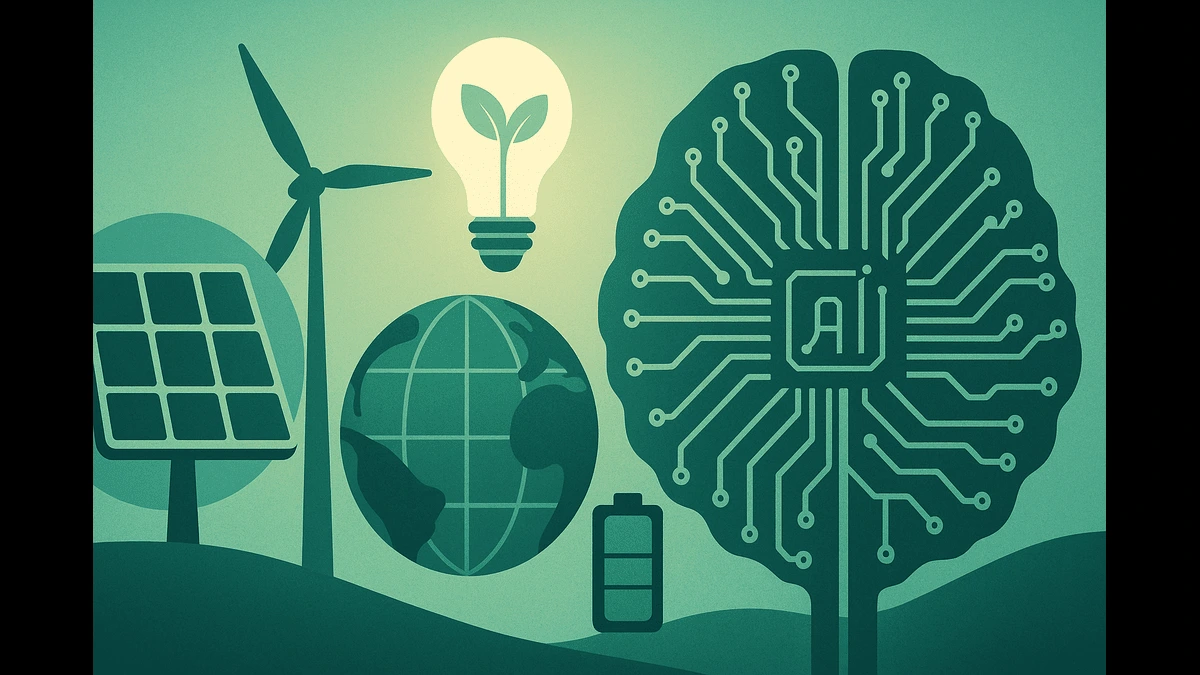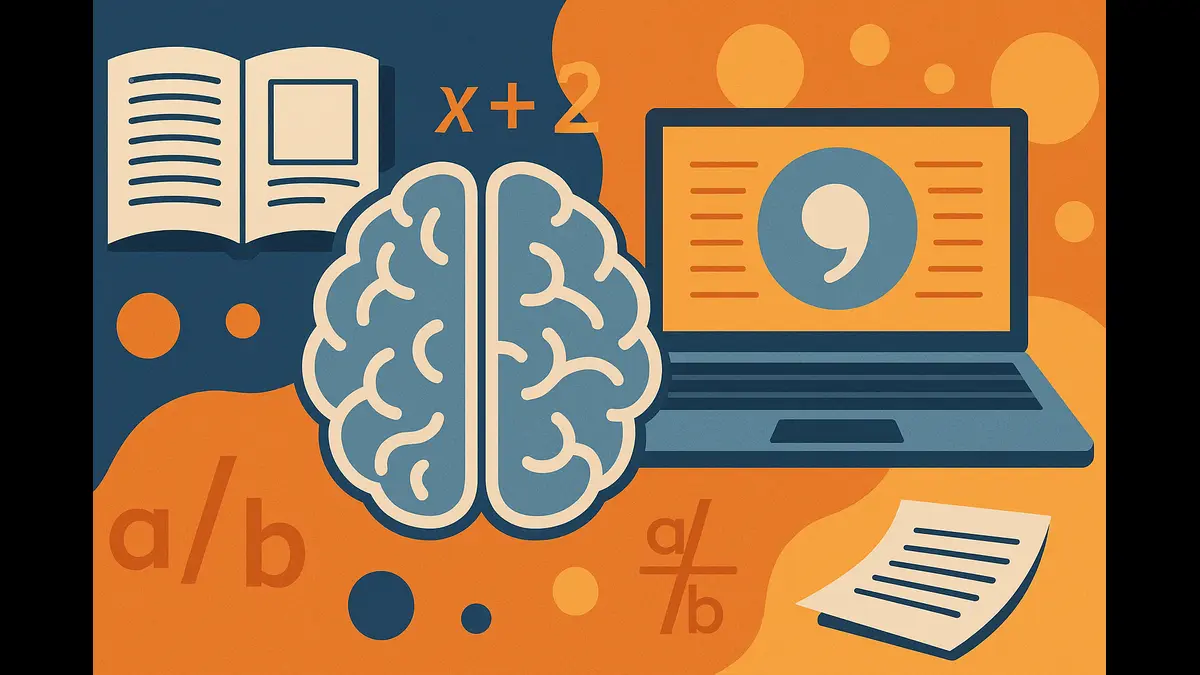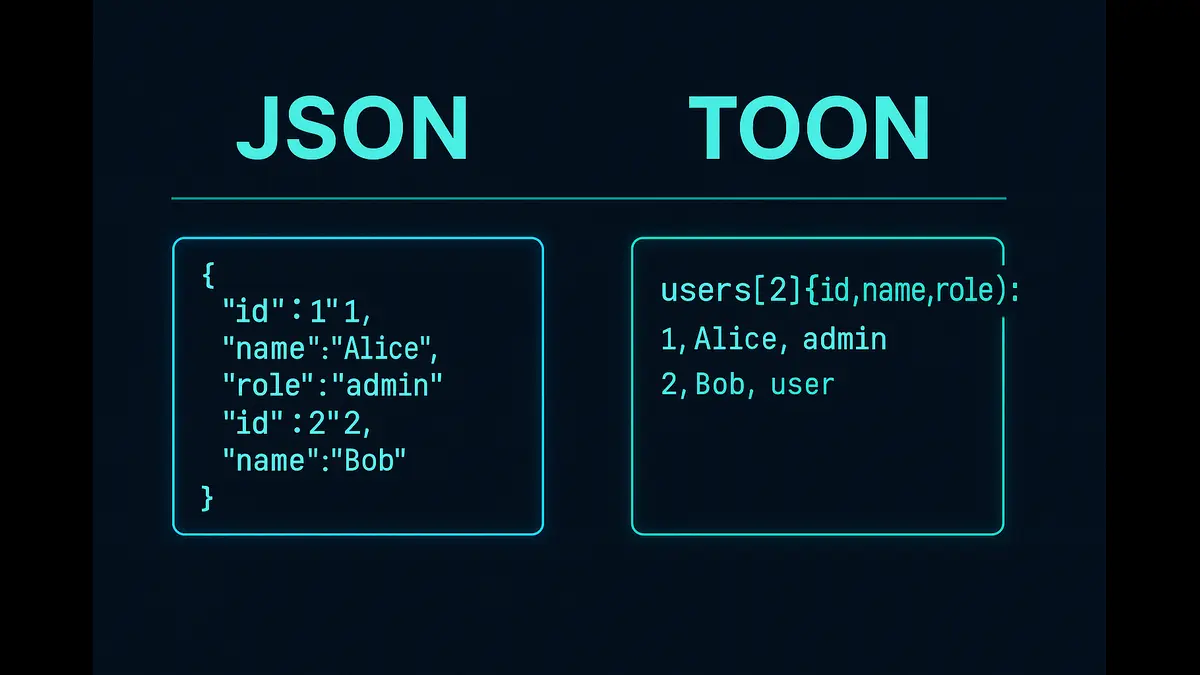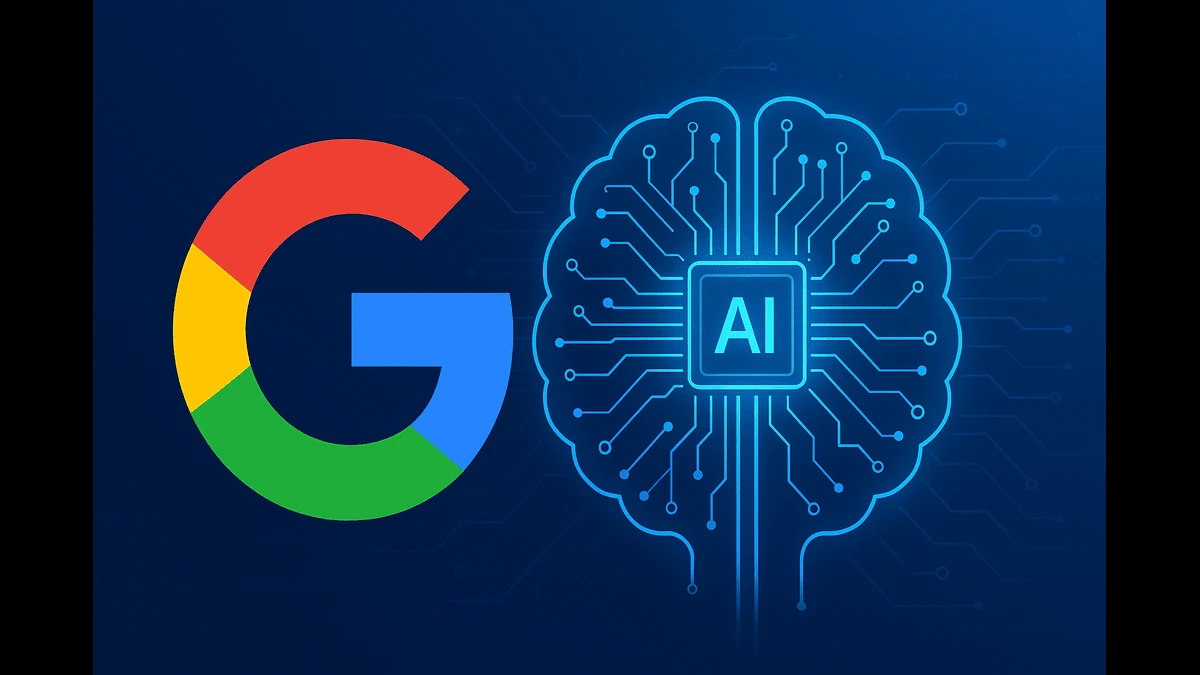
Artificial Intelligence is revolutionizing the energy sector—cutting waste, improving grid resilience, forecasting renewables, and accelerating battery innovation. Mary Meeker’s 2025 AI report offers key data-backed insights into how AI is enabling a cleaner, smarter, and more sustainable global energy future.
Mary Meeker’s Trends in Artificial Intelligence report (BOND, May 2025) underscores AI’s transformative role in the energy sector. Fueled by 5.5 billion internet-connected users and decades of digital datasets, AI leverages large language models (LLMs), machine learning, and real-time analytics to optimize energy systems. The report highlights unprecedented growth in AI usage and capital expenditures (CapEx), with compute infrastructure investments driving advancements in energy efficiency, renewable integration, climate modeling, battery innovation, and smart grids. This article specifically explores these engineering breakthroughs, grounded in the report’s data, to demonstrate how AI is shaping a greener, smarter energy landscape.
The energy sector is at a critical juncture, balancing rising global demand with the imperative to reduce environmental impact. The report details how AI is addressing these challenges through data-driven innovation. With global internet users reaching 5.5 billion and AI inference costs plummeting since ChatGPT’s 2022 launch, AI is enabling engineers to redesign energy systems. This article examines five key areas where AI is driving progress, supported by specific metrics from the report, ensuring a fact-based, engineering-focused analysis.
AI-Driven Efficiency in Energy Consumption
AI is optimizing energy consumption across industries, delivering significant efficiency gains. The report notes that AI-powered systems in smart buildings and factories reduce energy waste by 15–30%, particularly in HVAC, lighting, and operational workflows. Machine learning models analyse real-time sensor data to identify anomalies and adjust energy use dynamically, cutting costs and emissions.
For example, in commercial real estate, AI predicts occupancy patterns to scale back HVAC during low-usage periods, achieving up to 30% energy savings. In manufacturing, AI schedules high-energy processes during off-peak grid hours, easing network strain. These advancements are supported by the report’s observation of surging AI usage, with developer ecosystems expanding 20-fold from 2005 to 2025. By processing vast datasets, AI enables precise, data-driven decisions that enhance energy efficiency without sacrificing performance.
Accelerating the Shift to Renewables
Renewable energy sources like solar and wind are critical for decarbonization, but their variability poses grid challenges. The report highlights AI’s role in improving renewable forecasting accuracy. Machine learning models integrate weather data, historical trends, and real-time grid conditions to predict output, reducing reliance on fossil-fuel backups.
Grid operators use AI for real-time supply-demand balancing, with demand response systems adjusting consumption based on renewable availability. The report’s data on AI’s physical world impact, such as autonomous systems gaining 27% market share in San Francisco’s taxi market by April 2025, suggests similar potential for energy applications. These tools, enabled by declining inference costs (down 75% since ChatGPT’s launch, allow engineers to integrate renewables more effectively, aligning with global climate goals like the Paris Accord.
AI-Powered Climate Modeling & Carbon Tracking
AI is revolutionizing climate modeling and carbon tracking, providing actionable insights for engineers and policymakers. The report emphasizes large-scale platforms using LLMs and computer vision to monitor emissions via satellite imagery, IoT sensors, and predictive analytics. These systems track carbon across supply chains, industrial processes, and transportation networks.
For instance, AI detects methane leaks from oil and gas infrastructure using satellite data, enabling rapid mitigation. Predictive models also evaluate policy impacts, such as renewable incentives, with high accuracy. The report’s global AI usage data, showing LLMs reaching users in multiple regions simultaneously, underscores the scalability of these platforms. By leveraging AI’s ability to process massive datasets, engineers can design systems that minimize environmental harm, supporting net-zero ambitions.
Boosting Battery and Energy Storage Innovation
Energy storage is vital for renewable scaling and transportation electrification. The report details AI’s role in accelerating battery R&D, particularly in chemistry, energy density, and lifecycle prediction. Machine learning simulates thousands of battery configurations, identifying optimal designs faster than traditional methods.
AI-driven breakthroughs in lithium-ion and solid-state batteries promise higher energy density and lower costs. For example, AI optimizes electrode materials, reducing development time by up to 50%. The report’s CapEx data, showing cloud providers and chipmakers investing heavily in compute infrastructure, supports these advancements by enabling high-volume AI simulations. These innovations allow engineers to overcome technical barriers, making storage solutions more reliable for electric vehicles (EVs) and grid applications.
Smart Grid & Infrastructure Optimization
National power grids require constant monitoring to ensure reliability. The report highlights AI’s role in enhancing grid resilience through dynamic load balancing, outage prediction, and predictive maintenance. Machine learning analyzes historical and real-time data to forecast demand spikes and detect equipment failures.
Predictive maintenance reduces downtime by identifying anomalies in sensor data, extending infrastructure lifespan. AI also optimizes electricity distribution, preventing overloads. The report’s compute investment figures, with CapEx hitting new highs for data centers and networking, enable these real-time applications. By modernizing aging grids, AI ensures reliability as energy demand grows, supporting renewable integration and electrification.
Geopolitical and Economic Drivers
The report frames AI’s energy applications within a geopolitical and economic context. The U.S.-China rivalry is driving massive AI investments, with the U.S. leading in cloud-scale deployment and custom silicon, while China advances in open-source models and state-backed infrastructure. Both nations view AI as a geopolitical lever, particularly in clean energy markets.
These dynamics are fueling record CapEx, with major cloud providers and chipmakers scaling investments in data centers, networking, and energy systems. The report notes that AI infrastructure buildout is blurring digital and physical boundaries, as seen in edge deployments for energy applications. Engineers are central to this race, developing solutions that balance performance with sustainability amid global competition.
Challenges and Ethical Considerations
AI’s energy applications face challenges, including high compute energy demands. The report acknowledges that AI model training is resource-intensive, but declining inference costs (down 75% since 2022) and edge deployments mitigate this. Engineers are optimizing algorithms to reduce energy use while maintaining performance.
The report also calls for equitable access to AI-driven energy innovations. With 5.5 billion internet users, ensuring underserved regions benefit from smart grids and renewables is critical. This aligns with the report’s emphasis on responsible AI development, balancing technological progress with human and environmental considerations. Addressing these challenges ensures AI’s positive impact on the energy sector.
Mary Meeker’s report illustrates AI’s profound impact on energy systems. With 5.5 billion internet users and surging CapEx, AI is optimizing consumption, accelerating renewable adoption, enhancing climate modeling, driving battery innovation, and strengthening grids. These advancements, supported by a 75% drop in inference costs and 15–30% energy savings in smart systems, are already deployed, delivering measurable benefits.
As global energy demand rises, AI offers engineers a powerful toolkit. However, sustained investment, international collaboration, and ethical stewardship are essential to maximize its potential. By harnessing AI’s capabilities, the energy sector can lead the transition to a sustainable, resilient future, ensuring clean energy systems for generations to come.
Discover more from Poniak Times
Subscribe to get the latest posts sent to your email.







